- Visualizza Nuovi Contenuti
- Nikonland
- Sezioni
- Test
- Guide agli acquisti
- Indice Articoli
- Blog
- Forum
-
Fotografie
- Novità dalle Gallerie Fotografiche di Nikonland
- Una foto soltanto : Consigli & Critiche
- Ultime Immagini Caricate
- Ultimi Commenti
- _____________________________
- Contest e occasioni speciali di Nikonland
- Natura
- Fiori
- Ritratto
- Nudo
- Street
- Motori (auto e moto)
- Paesaggi e Panorami
- Architetture
- Viaggi e reportage di viaggio
- Sport (no motori)
- Vendo e Compro
- Downloads
-
Altro

Benvenuti su Nikonland Questo sito è indipendente, è autofinanziato, non promuove e non raccoglie pubblicità. Non è collegato con Nikon, Nital o le loro sussidiarie
Nikonland non è una rivista periodica e non è quindi sottoposta alla normativa vigente
Ultimi Test
-
 Panasonic Lumix DC- GH5: changing photography
Panasonic Lumix DC- GH5: changing photographyMax Aquila - gen 04 2018 17:26
-
 Sony Vario Sonnar 2,8/24-70 ZA SSM II: lo Zeiss...
Sony Vario Sonnar 2,8/24-70 ZA SSM II: lo Zeiss...Max Aquila - ago 08 2017 10:39
-
 Nikon 24-70mm F2.8E VR (test/prova)
Nikon 24-70mm F2.8E VR (test/prova)Lieve - ago 02 2017 16:25
-
 Nikon D7500 o Nikon D500 : quale scegliere ? (g...
Nikon D7500 o Nikon D500 : quale scegliere ? (g...Lieve - ago 01 2017 12:38
-
 Nikon D7500 : io non ho paura ! (test/prova)
Nikon D7500 : io non ho paura ! (test/prova)Lieve - ago 01 2017 13:59
Altri Contributi
-
 [libro Nikonland centenario] Il Terzo Occhio
[libro Nikonland centenario] Il Terzo OcchioAlberto Coppola - ago 17 2017 15:43
-
 [reportage] Non è più strano... il Tai Chi Chuan nei Parchi a Milano.
[reportage] Non è più strano... il Tai Chi Chuan nei Parchi a Milano.Silvio Renesto - ago 05 2017 13:16
-
 100 anni di Nikon il mito intramontabile
100 anni di Nikon il mito intramontabileRoby C - ago 04 2017 14:49
-
 01-09-2017 - Pravo dopo quarant'anni cambia sede
01-09-2017 - Pravo dopo quarant'anni cambia sedeRoby C - ago 02 2017 17:08
-
 31 luglio 1954... e uno che diverrà un famoso nikonista...
31 luglio 1954... e uno che diverrà un famoso nikonista...Roby C - lug 31 2017 18:48
-
 la Vera Storia della Riunione del 29 Luglio...
la Vera Storia della Riunione del 29 Luglio...Roby C - lug 30 2017 22:46
-
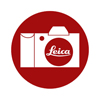 Sardegna - Sud Est
Sardegna - Sud Estcris7 - lug 24 2017 19:27
-
 Avignone - Il festival off
Avignone - Il festival offMassimo Vignoli - lug 18 2017 21:59
-
 [editoriale] Garanzia cinqueminuti...
[editoriale] Garanzia cinqueminuti...Max Aquila - lug 12 2017 12:21
-
 [motori] Monza Historic
[motori] Monza HistoricGiannantonio - lug 06 2017 13:39
-
 [libro Nikonland centenario] だいすきニコン (daisuki Nikon)
[libro Nikonland centenario] だいすきニコン (daisuki Nikon)Alberto73 - lug 04 2017 21:52
-
 [manifestazioni] TRATTA 29 giugno 2017
[manifestazioni] TRATTA 29 giugno 2017tommowok - giu 30 2017 13:23
-
 [luoghi] i laghi del Trentino
[luoghi] i laghi del TrentinoAlberto73 - giu 29 2017 21:13
-
 [reportage] Tre Torri
[reportage] Tre TorriGiannantonio - giu 28 2017 15:46
-
 [Nikonland libro Centenario] come da tag
[Nikonland libro Centenario] come da tagValerio Brùstia - giu 26 2017 00:06
In evidenza
-
 Le Nikon del 2017
Le Nikon del 2017Lieve - feb 08 2017 08:36
-
 16 ottobre - 2006-2016 : dieci anni della nostr...
16 ottobre - 2006-2016 : dieci anni della nostr...Lieve - ott 16 2016 06:03
-
 La Stampa in Bianco e Nero
La Stampa in Bianco e NeroSpinoza - mag 19 2016 19:55
-
 Nikon D5 : semper fidelis (test/prova)
Nikon D5 : semper fidelis (test/prova)Lieve - ott 30 2016 17:17
-
 La nascita di Nikon (Nippon Kogaku) e la Marina...
La nascita di Nikon (Nippon Kogaku) e la Marina...Lieve - mar 04 2015 11:11
-
 Nikon D810 : la terra promessa (test/prova)
Nikon D810 : la terra promessa (test/prova)Lieve - mar 10 2015 13:50
-
 Il fascino intramontabile delle foto stampate
Il fascino intramontabile delle foto stampateLieve - mag 22 2014 09:23
-
 Calibrare e Profilare il monitor. Guida pratica
Calibrare e Profilare il monitor. Guida praticaSpinoza - mag 13 2014 12:57
Ultime News
-
 25 luglio 2017 : fine della ricreazione
25 luglio 2017 : fine della ricreazioneLieve - lug 28 2017 11:02
-
 La Nikon D850 ha un mirino ibrido ?
La Nikon D850 ha un mirino ibrido ?Lieve - lug 27 2017 05:40
-
 Importante aggiornamento firmware per la Nikon...
Importante aggiornamento firmware per la Nikon...Lieve - lug 12 2017 07:50
-
 Nuovo Nikon AF-P 70-300mm F4.5-5.6E VR (FX)
Nuovo Nikon AF-P 70-300mm F4.5-5.6E VR (FX)Lieve - lug 11 2017 07:28
-
 New Old Camera : servizio 'demo' e Meet...
New Old Camera : servizio 'demo' e Meet...Lieve - giu 12 2017 07:41
-
 Nuovo Nikon 10-20mm F4.5-5.6 VR
Nuovo Nikon 10-20mm F4.5-5.6 VRLieve - lug 07 2017 16:49
-
 Nuovo Nikon 8-15mm F3.5-4.5E Fisheye
Nuovo Nikon 8-15mm F3.5-4.5E FisheyeLieve - mag 31 2017 07:23
-
 Nuovo Nikon 28mm F1.4E
Nuovo Nikon 28mm F1.4ELieve - mag 31 2017 07:36
-
 Fotografia, messaggi, il tempo in cui viviamo.
Fotografia, messaggi, il tempo in cui viviamo.Lieve - giu 25 2017 05:35
-
 Il dado è tratto. Sarà il 2018 l'anno mirro...
Il dado è tratto. Sarà il 2018 l'anno mirro...Lieve - lug 12 2017 07:15
Fujifilm X30 a cute little camera.
dic 27 2015 16:20 |
Silvio Renesto
in International
Fujifilm FujiX30 compact camera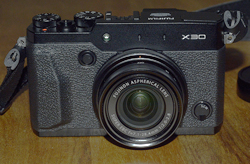
Usually on Nikonland compact cameras with sensors smaller than Nikon Cx format (1 inch) aren't reviewed, apart for exceptions (like the Nikon P900) that deserve attention for some peculiar feature.
The Fuji X30 in my opinion is well worth to be reviewed, despite the sensor size. It is a (relatively) small camera but pretentious, that wants to place itself as an high level compact, despite the smallish sensor (2/3 inch which is larger anyway than those usually present on point and shoot compact cameras).
Does it live up its expectations? Let's see.
Build and ergonomy. The Fuji X30 gives a reassuring feeling of sturdiness, metal is abundant and the weight is substantial for the size.
A little camera but quite robust.
The shape is rangefinder-like, with many dials to operate manually most functions (and here lies most of the fun) such as shooting modes, shutter time, exposure correction and the like.
The body offer a fairly good grip, despite the small size, thanks to a little protruding portion on the front and to a small thumb support on the rear.
Honestly, the "small size" isn't that small. The fuji X30 is not what you will call a pocket camera (unless you wear a parka) both for the overall size and for the lens that sticks out even when closed.
On the front side there is the lens (28-112mm equivalent) and some buttons among which the one to select focusing mode (M, S, C).
On the rear we find the EVF and an array of buttons placed in the usual fuji X pattern, in addition there is a dial that can play different functions (I use it to to select shutter time in manual exposure mode).
Again, like in other Fuji-X cameras, if you push the dial in review mode or also when focusing, to take the shot, it enlarges the image. The only drawback is sometimes happened to me to push the button inadvertently, so that I ended with an enlarged view of a section of the frame while shooting, instead of the entire frame.
The four pads arount the menu button are responsive, well usable, not mushy like in the first batches of Fuji XT-1.
The Q button, Fuji man best friend, allows access to quick menu so that you can select easily and quickly the most relevant parameters and functions.
On the bottom there are the battery/SD card door, the threaded hole for tripod that, as a perverse habit for Fuji-X cameras is off the axis of the lens.
On the top tere is a small pop up flash, an hot shoe, the dial for mode selection (PASM plus others less significant to me) and a dial for exposure compensation. The shutter button is threaded allowing to put a cable release! Maybe it is a bit whimsical, but in the case, here it is.
There is also the Fujifilm logo, engraved, noty printed, like in good old times.
Nearly everything is delightfully intuitive, especially if you have already used a Fuji-X camera.
Lens. The zoom, equipped with a great metallic cap, has an equivalent (to 35mm) focal length fof 28-112mm, it is has vibration reduction and has a maximum aperture of f2-2.8 thus fairly bright. Obviously the depth of field cannot be that of an f2-28 equivalent lens made for 35mm. Here we are in another league.
The rubberized zoom ring is well damped and keeps the cap in position. The main (35mm equivalent) focal lengths are marked : 28, 35, 50mm ecc.. The zoom serves also to start and shut down the camera, thus the start up is not exactly rapid.
Surprised
On the lens, close to the camera body, there is another thinner ring , made of metal, that can play different functions, selectable from the menu. I use it as a normal aperture ring; in this case the ring rotates with small clicks. If it is used as a focusing ring the rotation becomes continuous and silent.
Pity there is no lens hood (I bought a third party one).
The Fuji X30 with third party, but very well made lens hood
The EVF is great. One of the best I have tried, better than that of Fuji XE1-XE2 and very close to the excellent one of the Fuji XT-1 or of the Panasonic GX8 (this latter, seemd to me the best I have ever tried). There is a small wheel for diopter adjustement.
If you change frame from landscape to portrait, the viewfinder indications rotate to adjust themselves to the changed orientation.
The sensor that controls the switch from EVF to the monitor is a bit too sensible, to use the monitor you should keep it clear from your belly.
The monitor is excellent, it is tiltable, which is great, but doesn't swivel (that I don't care too much). It allows you to shoot at stomach level so that you can also "steal" some candid. It is not a touch screen. Not a big problem for me, but it makes the camera somewhat obsolete, and having tried touch screens, I must admit that they are really useful.
Test:
Yes
0 user(s) are online (in the past 15 minutes)
0 utenti, 0 ospiti, 0 utenti anonimi


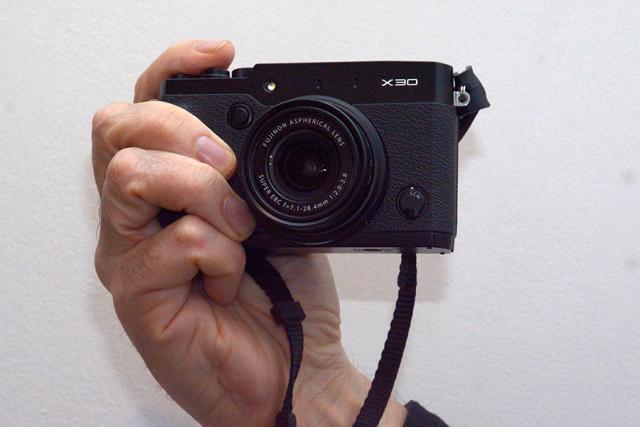

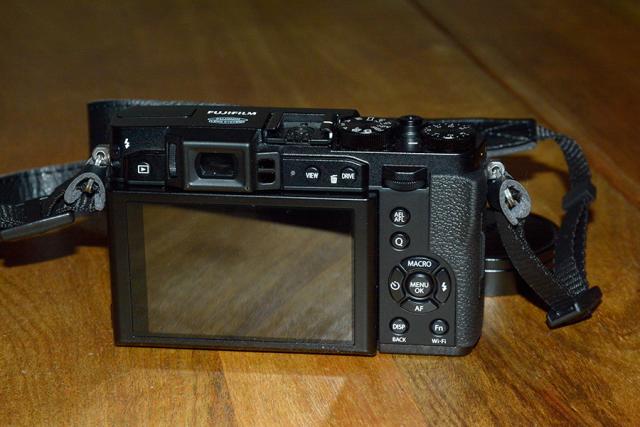
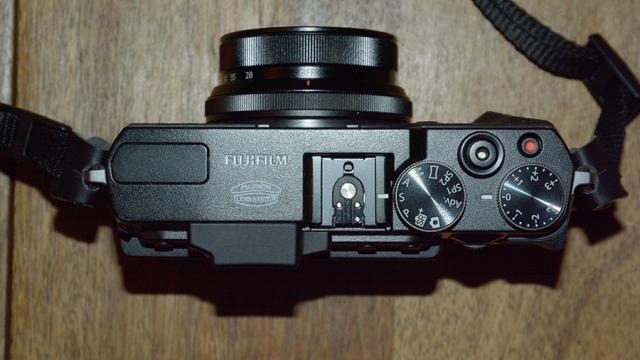
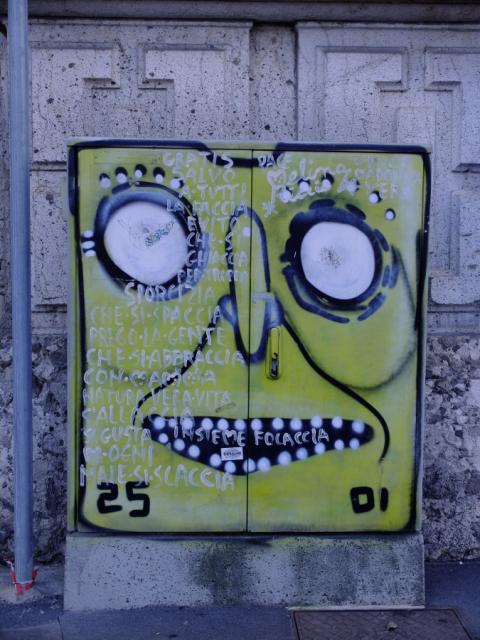
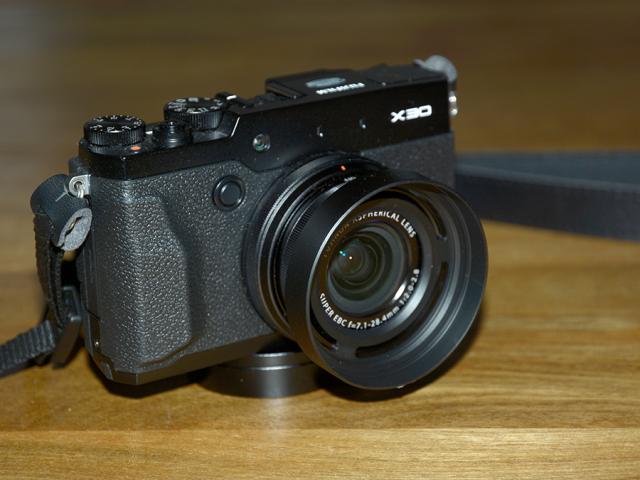

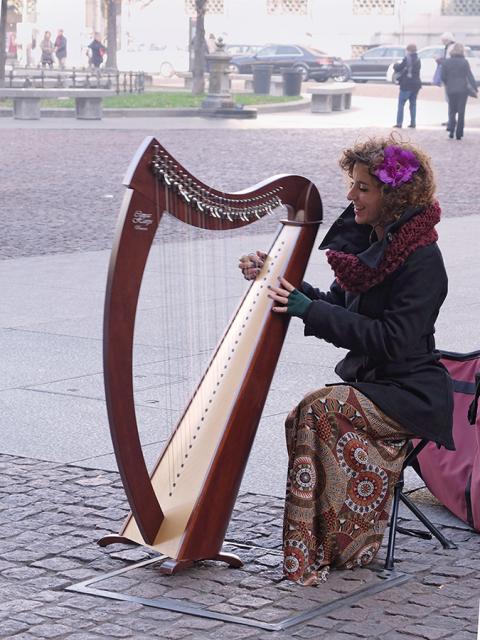

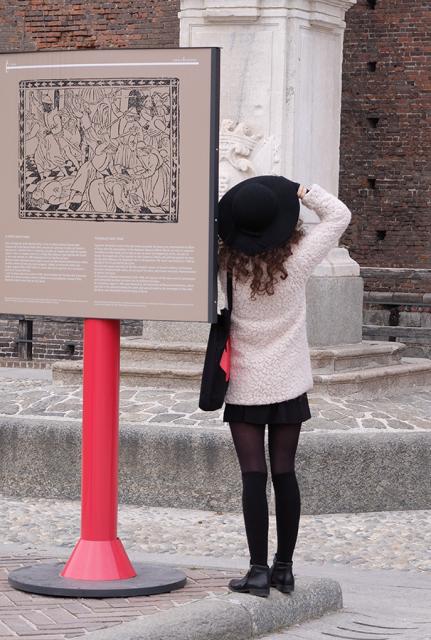












1 Comments
Silvio, complimenti per il tuo inglese, ci sono pochissimi errori.